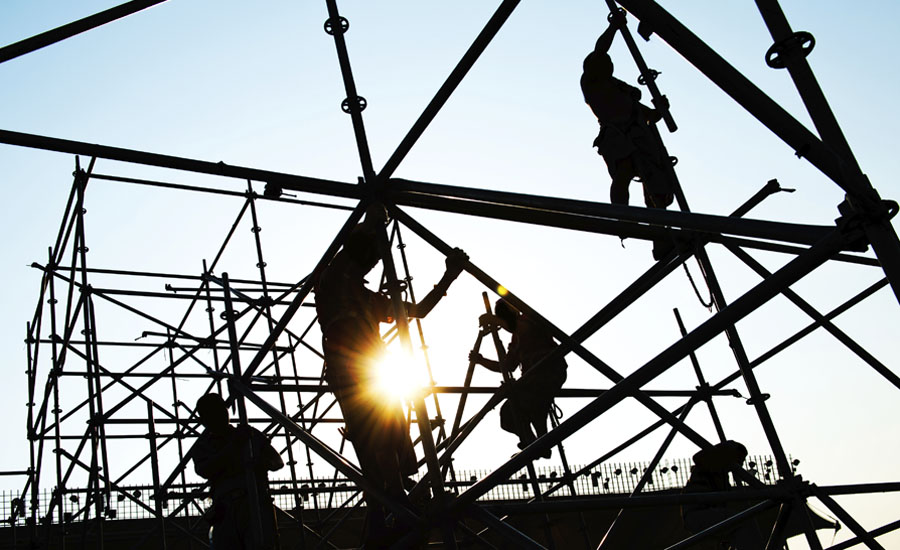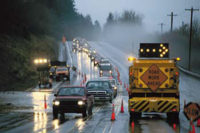An effort currently underway - timed to coincide with Construction Safety Week - is aimed at preventing fatalities and injuries from dropped objects.
Through its 2019 Safety at Heights campaign, the International Safety Equipment Association (ISEA) The campaign is providing employers and workers educational information at SafetyAtHeights.org. Additionally, a webinar is planned for May 8, from 10–11 a.m. CST.
The numbers
Falling and being struck by a dropped object are among the top causes of workplace injuries and fatalities:
- The Bureau of Labor Statistics (BLS) reported that in 2017, “fatal falls were at their highest level in the 26-year history of the Census of Fatal Occupational Injuries (CFOI), accounting for 887 (17 percent) of worker deaths.”
- BLS reported that being struck by falling objects or equipment resulted in 45,940 injuries in 2017 (5.2% of all workplace injuries).
- According to OSHA, dropped objects are the third leading cause of injuries in construction.
“ISEA’s fall protection members take very seriously that falls continue to be among the top causes of fatalities in the workplace,” said Raymond Mann, Senior Specialist Application Engineer for 3M Fall Protection and Chair of ISEA’s Fall Protection Group. “We continually strive to create new fall protection solutions, including custom configurations, using modern technology to help protect the nation’s workforce from fall hazards.”
A dropped object prevention standard
In addition to falls, dropped objects also lead to an alarming number of workplace deaths. In response to that hazard, ISEA and the American National Standards Institute (ANSI) developed a first-in-the-industry standard aimed at helping employers reduce the risk of dropped objects incidents in industrial and occupational settings. ANSI/ISEA 121-2018, American National Standard for Dropped Object Prevention Solutions establishes minimum design, performance, and labeling requirements for solutions and testing that mitigate this hazard.
The standard addresses four active controls, but does not include passive controls. The active controls are anchor attachments, tool attachments, tool tethers and containers (e.g., buckets, pouches). Copies of the standard can be purchased online from ISEA and from ANSI’s licensed resellers.
“Every death in the workplace is a tragedy, and ISEA is dedicated to helping industries and employers protect their workers from being injured or killed by falling objects,” said Nate Bohmbach, Associate Product Director, Ergodyne and Chair of ISEA’s Dropped Object Prevention Group.
See additional details at SafetyAtHeights.org. The ISEA campaign will continue throughout the year, in partnership with the National Association of Tower Erectors (NATE) and The Associated General Contractors of America (AGC).



